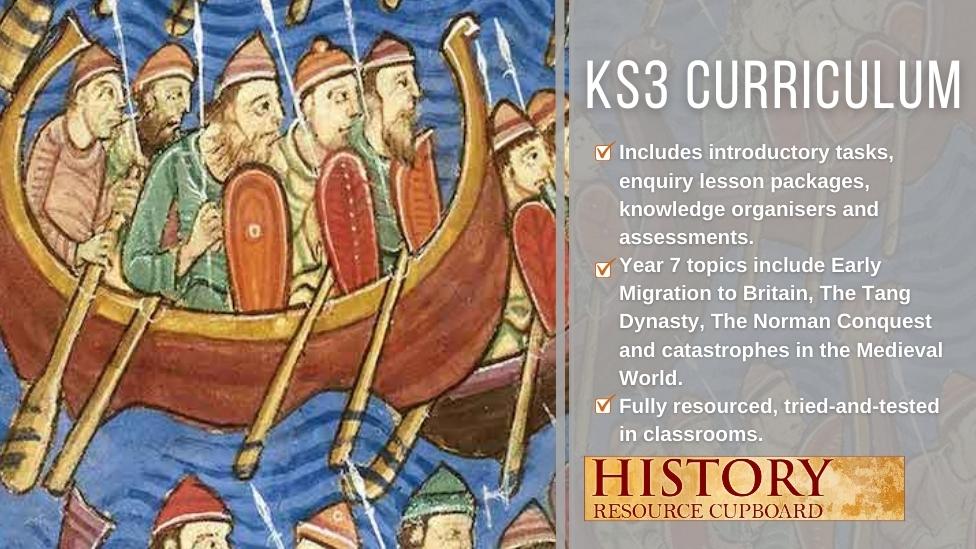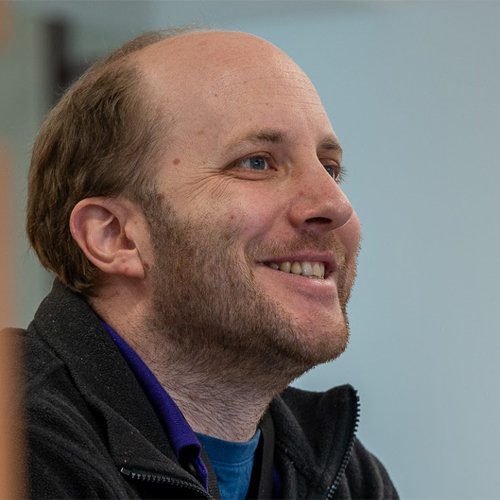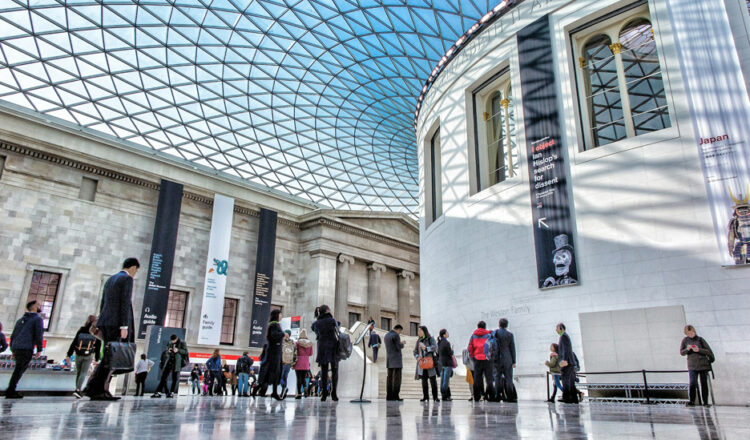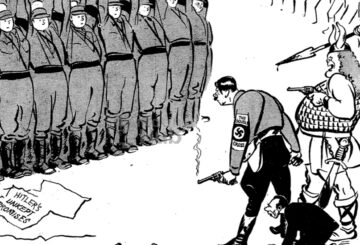‘Someone will be sick!’ ‘Ofsted will call!’ ‘They’ll behave badly!’ ‘It’s too expensive!’
There are many reasons to not organise a school trip, the above are just a small sample from the teachers I have spoken to during my career in the museum sector.
I am here today to tell you why you should book a school trip, and how to get the most out of it, from someone who has spent their entire career trying to get schools to visit museums.
I currently work at the Black Country Living Museum, so of course I will plug the place shamelessly!
However, to make this article as useful as possible, the principles I am going to mention can and should be applied to any educational school attraction worth its salt.
Not only have I worked in museums for over 17 years in either an operational role or a role responsible for the management of school experiences, but I am a governor at a local school, and have supported school trips from a teacher’s perspective.
Museums want you and your classes to visit
Before we start, Black Country Living Museum (BCLM) welcomes over 50,000 school visitors every year through its doors.
The majority of which are curriculum-based trips focussing on local history of the Black Country or the Industrial Revolution as a whole.
This year we are celebrating the opening of our new buildings bringing our buildings and topics into living memory (1940s-1960s).
We look at domestic life, shops, transport and of course there’s our famous fish and chips, all spread across a 26-acre site (which is smaller than it sounds).
As well a history, we also offer linked topics than include art and design, science, music, and multiple heritage crafts.
One thing I want you to understand more than anything else is that all places want you to visit.
They want your numbers and obviously they want your money.
This means that they will do everything they can to make your lives easier, from the pre-visit information (and yes, it is in your best interest to read this) to the experience you have during the visit, and even resources to help you consolidate learning back in the classroom.
All these instances mean you make their income, and numbers look good.
Numbers are important to museums, even the ones with free admission.
The more people they get through the door engaging with their offer, the more funding they will be able to apply for from other places, and therefore it is in their best interest to make their offer as appealing as possible.
The best places for you to go for a school trip are places that understand that you are the customer and will therefore do everything they can to make the day as easy and stress free for you.
Of course, school trips will always come with their stresses, but if you understand that when you get there, there is a plan and there is support, it makes the day that much more bearable.

Where to start
It seems obvious but start with your aims. Why are you visiting anywhere?
If it’s a curriculum link to something your students are studying then great.
If it’s so you can get the students out of the classroom for the day to blow off some steam then that’s ok too!
Whichever it is, just collect your reasoning so you can get it past the budget keepers and justify the expense.
On that note, to achieve this I cannot understate how important it is to check the website of the venue you want to visit.
While this is the most obvious of the things I am going to talk about, it is one of the most important.
A website can be a useful tool, not just for the price etc but it will also tell you what else is available during your visit and how much value for money you can get out of your visit.
As above, any place that’s worth visiting will have thorough descriptions on what you get expect, and more importantly, what the benefits are – curriculum links, learning aims etc.
Outside of the visit you should also find pre/post visit resources for you to use in the classroom which can enhance the learning.
Just like when you get a new class it’s helpful for you to know what knowledge you have to build on, if you use our online resources before and after your visit, you’ll find the students get much more out of it.
In my experience your students will get so much more out of the trip if they have a good foundation of knowledge about the substantive topic that is the focus of the trip.
Then, when they see objects / artefacts / reconstructed streets on the visit, these things will resonate with them so much more.
Diligence
Ensure you have done your due diligence.
As I have written multiple times already, visitor attractions want you to visit and therefore, we try to do everything we can to make it as easy as possible, so look out for the following:
Risk Assessment – Everywhere should be able to provide you one of these specific to their site. It will not cover you for your own individual problems such as medical issues etc but will provide you with the basics of what you need.
Site map – Make sure you know where you are going!
Free pre-visit for teachers – A must have, in my opinion, most places will ask that you have a booking with them to qualify for this but do take advantage. If nothing else, you get a free day out without the stress of having a class/year group with you
Lunch space: Vitally important as, let’s be honest, with all the best will in the world some children will only remember that they had lunch and visited the gift shop – so make sure you know where you are eating.
Coaches – Many schools have their usual supplier but check with the place you are visiting. They may have a deal with a different coach company for a preferential rate if you are visiting that particular place and like us, they want your business.
The visit
OK, the big day is here, you have sorted payment, got a coach booked, the letter to parents has gone out and you’ve had a gin the night before to settle your nerves.
First thing you need to do before you set off is COUNT THE CHILDREN.
I cannot tell you how many times I’ve had a group leader step off the coach and when I ask how many children they have, they look at me like a deer in the headlights with their mouth open for a few seconds before finally blinking and admitting they don’t know.
Count when they get on the coach, count them again before you get off the coach in case any have jumped out on the journey or are hiding under a chair.
This speeds everything up on arrival as the number you tell us is either the number you’re charged for or goes some way to us working out whether you have the correct ratio of adults or not and makes it easier for us to get you into your groups.
If you haven’t been delayed due to the coach or traffic, ensure everyone visits the toilet as this will save you having to take time out of the middle of your visit.
Here at Black Country Living Museum we offer guides for KS1 and KS3. KS1 to protect the children from the museum, and KS3 to protect the museum from the children! KS2 are given self-guided visits, but we have facilitators on hand to direct you where you need to go.
Either way, speak to the staff and make sure you are clear in your goals and what you want from the visit as it is their job to make it happen.
It is tempting at this point to relax and let the guides or the kids sort everything out. However, please don’t, most places will tell you in their terms and conditions (yes, you are supposed to read those) that site staff are not responsible for your children.
Just make sure you keep an eye on them, more than anything else, there are members of the public who visit during the week because its generally quieter than the weekends.
I would say let them enjoy the site, just as I would say the same to them about you.
It can be tricky as some places are smaller than others, but it is something to bear in mind.
The final thing I will say is please try and enjoy yourself. School trips are amazing experiences and one thing we hear all the time at BCLM is how much people enjoyed their school trip there when they were younger. You are a part of that experience.
From our perspective we are here to create fun and engaging activities and experiences for the students, and you to help solidify your teaching and help them remember what you have taught them.

Tom Dipple is the Programme Development Manager (Education) at Black Country Living Museum and has spent the last 20 years of his career delivering and developing Schools Education Programmes throughout museums in the West Midlands. He has been at Black Country museum for the last six years and has made it his mission to make school trips as easy as possible for visiting teachers.





